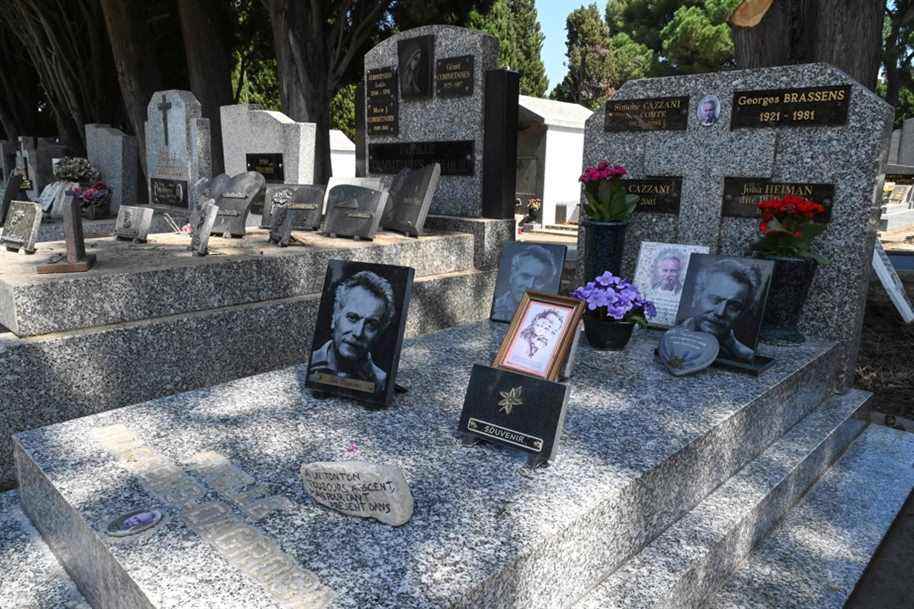(Sète) In Sète, the life and work of Brassens appear in filigree, from the house where he was born a century ago, to the cemetery where he has rested for 40 years, through the school and this cupboard to brooms where he was punished.
The birthplace
Georges Brassens was born on October 22, 1921 at his parents’ home, at 54 rue de l’Hospice, which in 1982 became 20, rue Georges-Brassens. He grew up in this popular district called “revolution”, between a libertarian father whose family came from Castelnaudary and a pious mother born in Sète to Italian parents.
Saint-Vincent Catholic School
This is where little Georges is locked in a broom closet as a punishment. After this painful episode, he hates school and his maternal grandmother Maria Augusta has to invent ploys to get him there every day by telling the child that it is just a walk.
Paul-Valéry high school
At the time of Brassens, it was the municipal college. There he met friends he would keep all his life and a literature teacher, Alfonse Bonnafé, who introduced him to poetry in 1936.
7 Grand rue Mario Roustan
This is where the jewelry store was held in which Brassens and some of his friends came to sell small thefts of jewelry. Minors, they will be tried in 1939 before the court of Montpellier. Sentenced to six months in prison, Georges must leave for Paris with his maternal aunt because the scandal splashes his family in Sète. He will recount this misadventure in The four high school graduates, who salutes the greatness of soul of his father, or Bad reputation, a song in which Brassens seems to settle scores with the “good people” who “pointed out”. He will maintain ambivalent relationships with his hometown.
The Short Point
Brassens was fond of this fishing district immortalized by director Agnès Varda and made up of barracks on the lagoon of the Thau lagoon. He particularly liked cats which invade fishing nets and boats.
The Môle Saint-Louis
Like all young Sète, he liked to walk with his friends on this long point jutting out onto the sea, to the lighthouse, and to contemplate both the Mediterranean and the town of Sète, at the foot and on the slopes of Mont Saint. -Clair, “the mountain” of the Sétois.
The pond of Thau
When he was little, he cycled around it with his father. He also enjoyed swimming, fishing and later sailing and partying with his friends, especially near the Roquerols lighthouse. He will celebrate in song his “motionless nacelles” and his “clamshell scrapers”.
The marine cemetery
In this cemetery overlooking the sea, Brassens went to the grave of Paul Valéry, his “good master”, a poet and Sétois like him.
Corniche beach
He played there as a child and tells of his love for this place in the “petition to be buried at the beach of Sète”, in which he writes his will in “blue ink from the Gulf of Lion”. He dreams of spending his “death on vacation” by being buried in the “fine sand” on which he experienced “the prime love affair”.
Py cemetery
It was on the banks of the Thau lagoon, in the cemetery of the poor, at a place called Ramassis (pronouncing the final s), that Brassens was buried after his death on October 29, 1981 in Saint- Gély-du-Fesc, north of Montpellier. Many tourists and admirers of Brassens search in vain for his grave in the marine cemetery, where the great man of the theater Jean Vilar also rests. The family vault that Brassens has described in song as “full like an egg” is located in row 9. Opposite this cemetery is the Espace Brassens, a museum dedicated to the artist.
